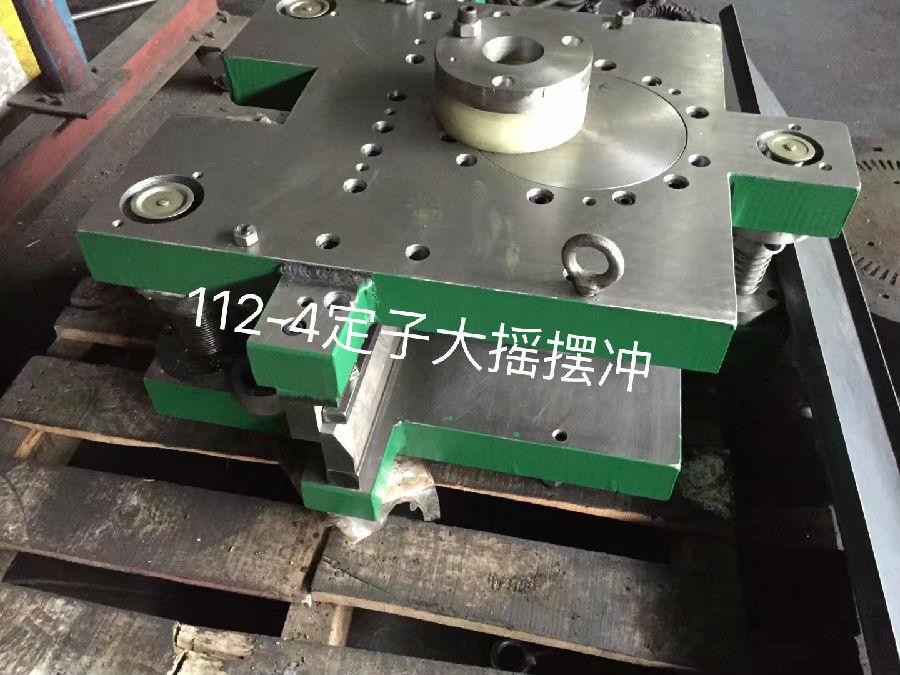High-voltage motor punching die single punching die refers to the process of punching or blanking only in one punching. Simple stamping dies can be divided into:
(1) Non-guided single process model points are simple structure, light weight, small size, easy mold manufacturing, and low cost. However, the use of the die is troublesome during installation, the die life is low, the precision of the stamping part is poor, and the operation is not safe. Non-guided simple die is suitable for stamping parts with low accuracy requirements and simple shapes.
(2) Guide plate type simple stamping die with high precision, long life, installation frame and safe operation, but the manufacturing is more complicated. Generally suitable for workpieces with simple shapes and small sizes.
(3) Guide post simple stamping die Because this mold is accurate and reliable, it can ensure uniform punching gaps, high precision of stamped workpieces, long service life of the die, and easy installation and use on the punch, so the guide post stamping die is used A wider range of dies suitable for mass production.
Continuous stamping die
Definition of continuous stamping die: According to a certain sequence, punching is completed at different positions of the die, also known as progressive die or skip die. The positioning principle of continuous stamping die can be divided into: the guiding pin positioning principle and the side edge distance setting principle. Due to the large number of continuous die stations, punching parts with continuous die must solve the problem of accurate positioning of strips or strips. Is it possible to guarantee the quality of the stamped parts.
Composite stamping die
Definition of composite stamping die: A stamping die that completes the two processes of inner hole and outer shape at the same station of the die. According to the structure, composite stamping dies can be divided into: front-mounted compound dies and inverted-mounted compound dies, which are characterized by: doubled production efficiency; improved quality of stamped parts; high requirements for mold manufacturing accuracy.
Summary: The single die structure is simple, the cost of a single die is low, the processing cycle is short, and it is easy to adjust. It is used for products with complex product structures and small production yields. The compound die structure is compact and the product is molded at a high precision. However, for products with higher accuracy requirements, the progressive die structure is complex, the production efficiency is high, and the cost is relatively high, which is suitable for products with large output.

Related Industry Knowledge
- Precautions for the use of stator embossing molds
- Structural composition of blanking die
- Key points of planning for composite molds
- Advantages and disadvantages of compound mold
- Application of fixed rotor fixture
- What is the difference between continuous mode and composite mode?
- Application of Rotor Casting Aluminum Mold
- Selection of generator punch die
- What factors determine the quality of the stator mold?
- Design points of compound mold



